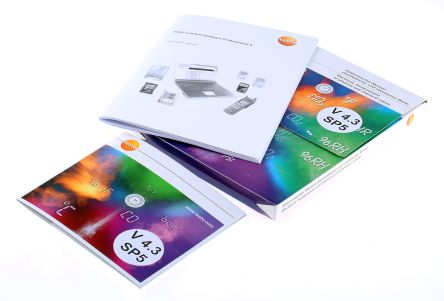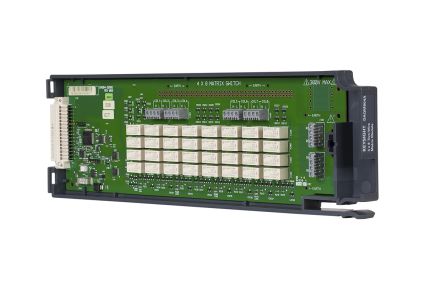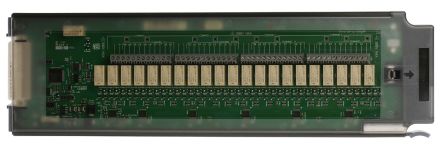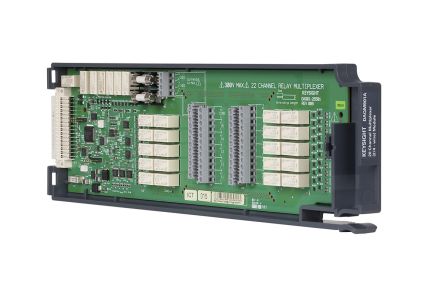
Brand
- Sandvik Coromant 17.090
- Rhodes + Scholes 16.498
- Walter 5.060
- Slingsby 4.691
- Dams 3.469
- Gemini Interiors 3.457
- Nike 3.382
- Air Jordan 2.833
- Blaklader 2.673
- Festo 2.502
- R Hamilton 2.488
- Silent Gliss 1.907
- Mascot 1.845
- Watco 1.829
- QP Jewellers 1.775
- FAG 1.770
- Impulse 1.708
- Carl Roth 1.664
- Kennametal 1.550
- Moon Magic 1.540
- LK BENNETT 1.535
- EUROKRAFTpro 1.487
- Sealey 1.336
- Callaway 1.315
- Velux 1.314
- Ping 1.305
- Matlock 1.303
- Style and Chic 1.256
- Rossignol 1.168
- Art Nest 1.164
- Schneider Electric 1.117
- Merck 1.100
- adidas 1.079
- TaylorMade 1.073
- K2 1.072
- Hay 1.046
- ELESA 1.042
- The Home Maker 1.040
- All Things Good 1.027
- Ergomat 974
- Merkel Designers 965
- Outsunny 963
- Salomon 956
- Gucci 948
- Zebra 925
- 3M 914
- EGA Master 908
- Millennium Furniture 899
- ECCO 876
- Life Essentials 873
- Sia Abrasives 868
- Discount Dealers 841
- Sid & Sam 840
- Neo 839
- SMC 836
- Direct Imports 822
- Merlin Deals 808
- Charlotte Dunes 800
- Tyrell & Tyrell 789
- Brittle & Co 770
- Casper Homes 759
- Ace & K 740
- Supreme 717
- Lee & Plumpton 704
- Holsper 701
- SKF 700
- Decor Base 671
- INA 660
- Jemini 649
- Honeywell 641
- Adidas 639
- Asics 634
- UGG 633
- Mitutoyo 624
- MonsterShop 593
- R and M Furniture 586
- Nitro 583
- Pappelina 565
- Unbeatable Bargains 548
- Eclipse 546
- Medway 543
- HOBBS 533
- Sigrid Mills 524
- Omron 503
- Charles Tyrwhitt 502
- GIVENCHY 497
- Titleist 497
- Rosalind Collection 496
- Routledge 496
- Bosch 494
- PURE 480
- Dell 478
- Cobra 474
- Ted Baker 462
- Faro Lighting 454
- Galvin and Galloway 446
- SIMON, EVERS & CO. GMBH 444
- Siemens 439
- Atomic 434
- Makita 433
Colour
- Black 12.792
- White 6.739
- Noir 4.677
- Blue 4.458
- Grey 4.453
- Sans 3.785
- Green 2.442
- Brown 2.259
- Red 2.149
- black 1.567
Size
Gender
Merchant
- Zoro UK 122.366
- Home Done 25.136
- Glisshop uk 12.229
- Kick Game 11.327
- AndLight.co.uk 9.168
- Zoro UK Limited 6.019
- RS Components UK 5.876
- Your Stylish Home 5.847
- Marks & Spencer UK 5.561
- Belveto 4.779
- Alensa.co.uk 4.194
- Golf Gear Direct 3.612
- Click Golf 3.483
- My-Deco-Shop 2.399
- Acorn Fire & Security 2.220
- QP Jewellers 1.775
- QD Stores 1.581
- Moon Magic 1.540
- Lime Lace 1.330
- Kids around 1.298
- Bathshack.com 1.288
- LuisaViaRoma.com 1.162
- Craigmore UK 1.044
- Routledge 964
- Cherry Lane 927
- gb.ecco.com 926
- Donaghy Bros UK CSS 838
- Seal Medical 809
- Luisaviaroma Css 754
- AWD IT 747
- Holsper 703
- Essential Photo 701
- Wrong Weather 626
- Home Living Luxury 542
- Mobility Smart 521
- Building Plastics Online 429
- Focus Man Fashion 419
- Magee 1866 348
- MyTrendyPhone.co.uk 315
- havens.co.uk 300
- Bioethanol-Fireplace.co.uk 294
- Furnish My Crib - London 286
- Garden Plants Online 252
- Dell 227
- www.jzfurniture.co.uk 227
- Police Lifestyle 223
- Suit Direct 220
- Workwear Supermarket 214
- YouGarden 200
- K4G.COM 190
























